I’ll say right out that I never finished Drag-On Dragoon (titled Drakengard in the North America). I played the first few levels, and I didn’t really get drawn in. The music never really struck me as particularly memorable either, but the recent reprinting of the two volume soundtrack in a single package seemed like as a good a time as any to delve in and see what I’ve been missing.
With music composed by Nobuyoshi Sano and Takayuki Aihara, I can say that this is one of the most experimental and distributing soundtracks I’ve heard in a while. Maybe the disturbing portion comes as a surprise to you, but all will be revealed in our review after the jump!
Drakengard focuses in the pact between a human, Caim, and a red dragon, Angelus, as they attempt to protect magical seals against an evil empire. Sounds like standard stuff, but many of the characters you encounter along the way have intriguing vices that were axed from the North America version, causing generalized confusion about the game and its backstory.
As it turns out, the game deals with many adult themes, including incest, pedophilia, and a character who enjoys murdering and eating children. Again, references to this were only featured in the Japanese version, and were removed from the North American version, but when you consider these themes along with the maddening, distorted musical offerings from Sano and Aihara, you gain a little more appreciation for what they’ve done here.
The entire score is comprised of sliced-and-diced samples of orchestral classics from Dvorak, Bartok, Debussy, Holst, and many others (you can find a full list on VGMdb). You’d think this would result in a very familiar sound, but the samples are so short and rearranged in such a way that the compositions sound completely original, although they do possess a certain radio-like quality in terms of sound quality. Through the sampling process, most sounds used are very brief, sounding staccato and obviously ‘cut’ at the end to make way for the next note. This gives the score a uniquely chaotic and disturbing ‘pieced together’ quality that’s going to stick with me for a while.
There are big sounds. Orchestral hits, lots of brass, and of course string stabs. This music is meant to be intense, accompanying epic on-screen battles in the sky and on the ground. I used the word maddening before, and what really drives this home is the repetition featured throughout the tracks. Oftentimes repetitive 2-3 second samples are used as a foundation for a given track, sporting thunderous percussion and ominous brass progressions. This repetition grates on the nerves, working wonders in-game, and providing a unique and experimental listening experience outside. I certainly applaud Sano and Aihara for their ambitious efforts here.
That said, there aren’t melodies here you’re going to recall. This is all dark, atmospheric music. There isn’t even a main theme featured on the album, which came as a surprise to me. There are several staff roll themes (there are 5 different endings of the game, one of which surprisingly is linked to NieR, also developed by Cavia), and they take the opportunity to give the listener a break from the intense action cues found throughout the game’s missions. “Route Staff D Roll” sports chromatic bell progressions that are almost soothing, while “Route B Staff Roll ‘Exhaused’” features vocals by Eriko Hatsune. The track sounds like others on the album with its powerful string stabs, but Hatsune’s voice ducks under the noise, singing softly in almost a whisper with an echo, creating a creepy, otherworldly sound. The album closes with two unreleased tracks that were not included in the game.
The booklet features artwork of the game’s various characters along with lyrics and commentary in Japanese. The star here, however, is the music. And again, it’s not one of those soundtracks you’re going to walk away from humming its melodies. You’ll remember this one for its dark and experimental approach. I wasn’t aware of the differences between the Japanese and US version of the game before starting in on this review, but this discovery has certainly allowed me to appreciate the score a little more, and I think I just may go back and give the game another go!
The 2-disc soundtrack (the original release of the Drag-On Dragoon soundtrack came as two separate volumes) is currently available from CD Japan and Play-Asia for 2,800 Yen.
What are your memories from playing and listening to Drag-On Dragoon? Were you aware of some of the more adult themes featured in the Japanese version of the game, and do they change your perception of the game or its music?
Tags: Cavia, Drag-On Dragoon, Music Reviews, NieR, Nobuyoshi Sano, reprints, Reviews, Square Enix, Takayuki Aihara, Videogame





























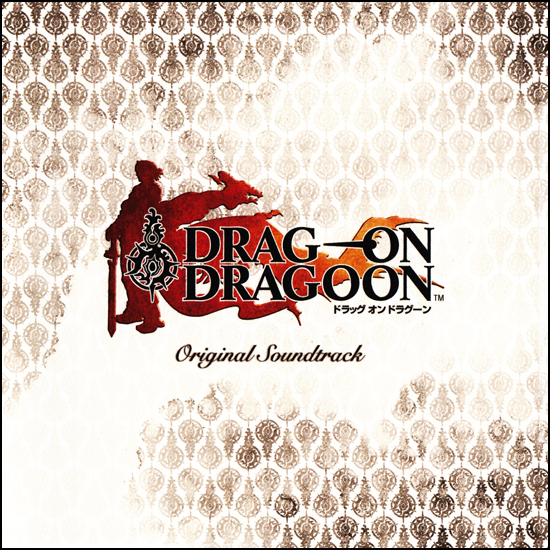
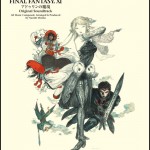
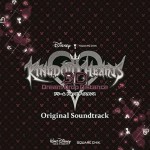
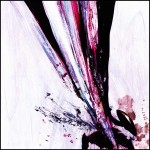
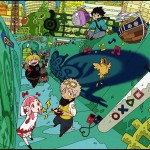







Before Nier I was a big fan of Cavia and the Drag-on Dragoon series mainly because of the adult themes and mature storytelling. In the first one the music was poison to my brain: some levels were pretty huge and needed to take some time to complete them so after two loops the music was just annoying. The second game though, has one of my favourite soundtracks! It’s a very different approach and some tracks are great!
Thanks for writing this review! It’s probably the most succinct and accurate review of the Drag-on Dragoon soundtracks I’ve read, and expressed my own observations of the music (which I absolutely LOVED), but in words I’ve previously been unable to find (lacking a background in music).
@Osaraba: Thanks for the kind words and for bringing me back to my memories of this soundtrack. =)